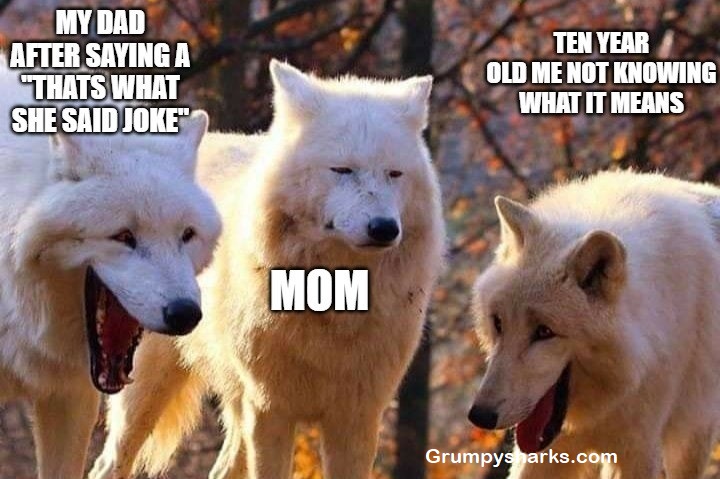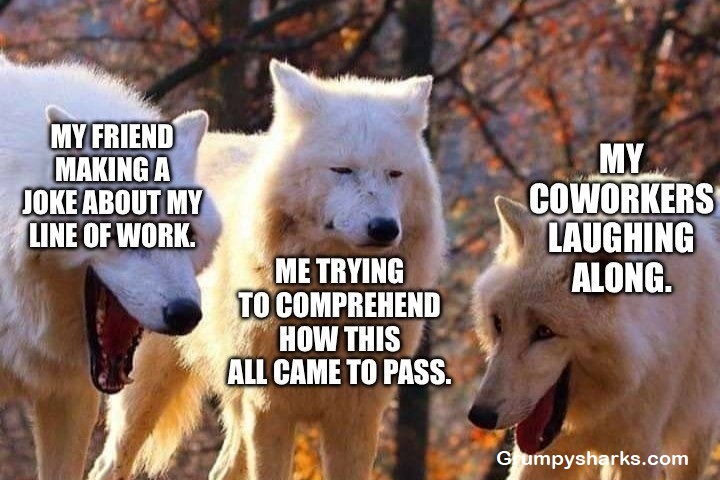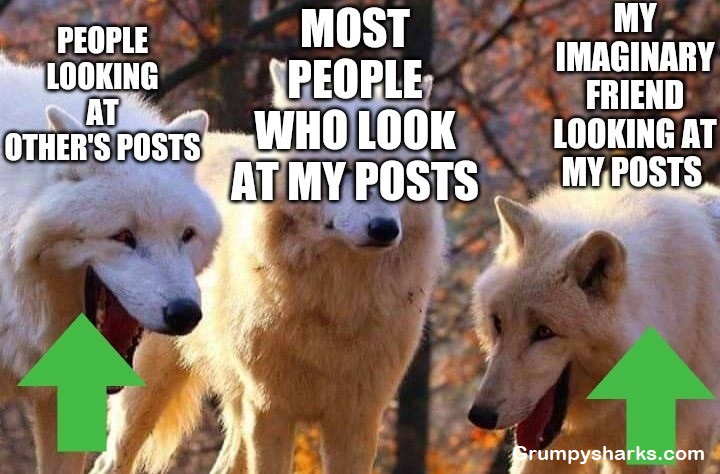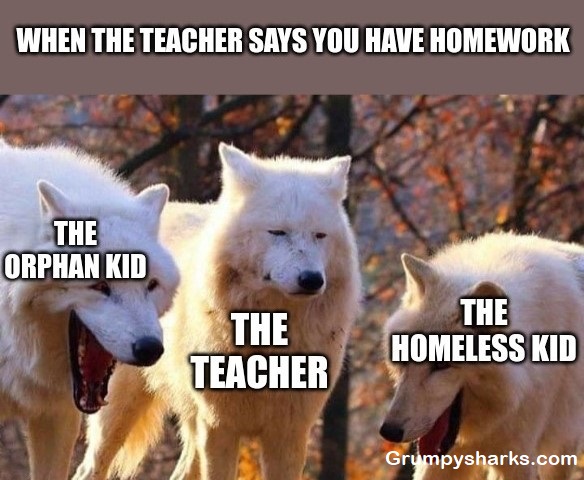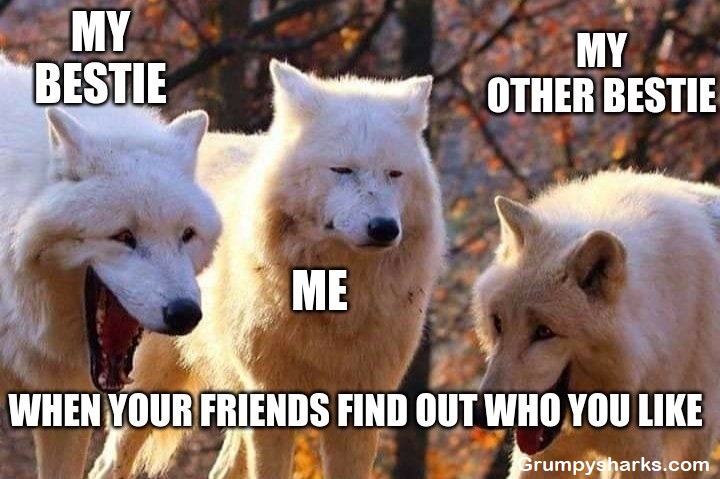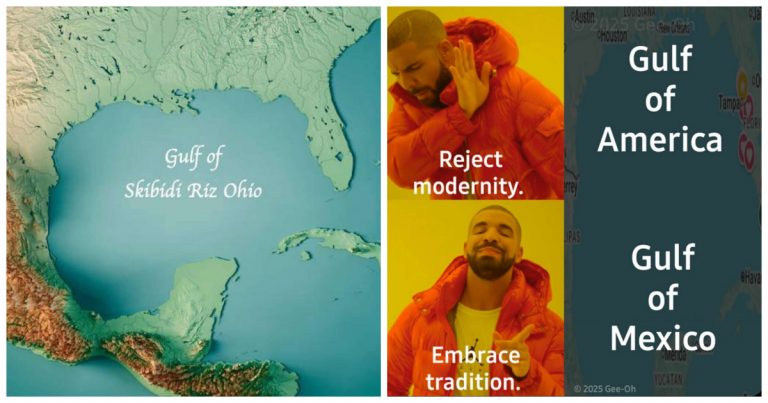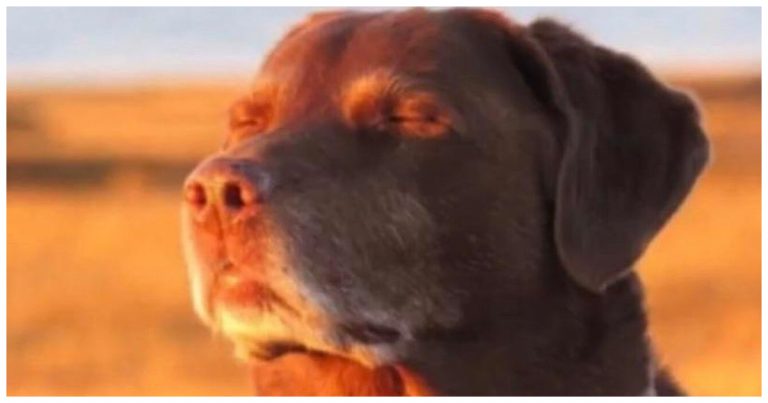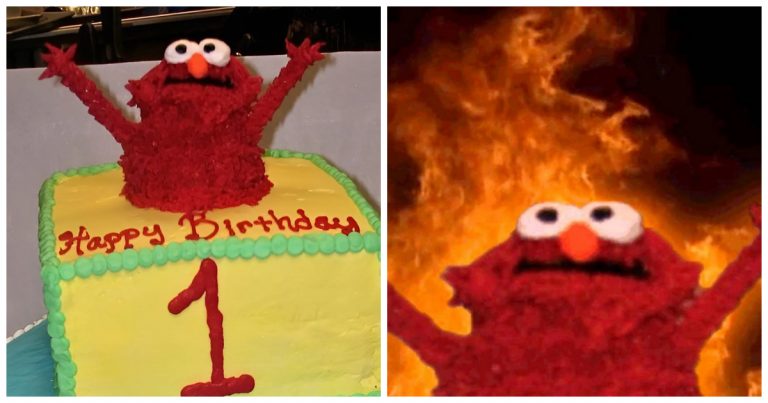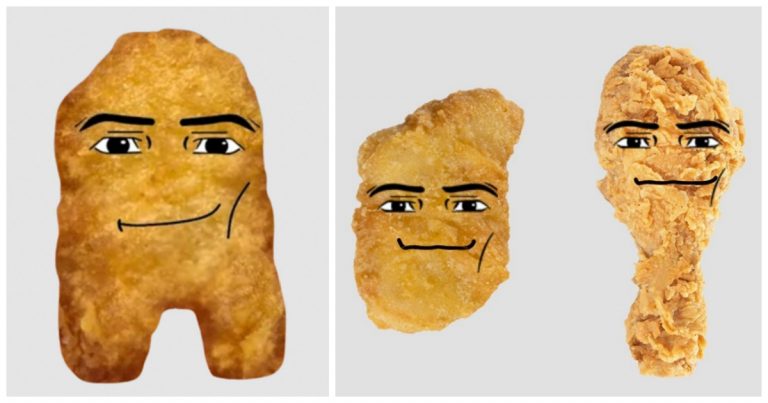Wolf Meme EXPLAINED: Meaning, Origin, and Everything About the Viral Internet Punchlines
The Wolf meme has taken the internet by storm, becoming a viral sensation known for its sharp punchlines and relatable humor. But what exactly does the Wolf meme mean, and where did it come from? This article breaks down the origins of the Wolf meme, exploring how it evolved into one of the most recognizable images in meme culture.
We’ll also explain why wolves became a staple of internet humor, symbolizing traits like mystery, cunning, and wildness that resonate online. Plus, you’ll get a summary of the most iconic wolf meme formats and why their punchlines hit home with audiences worldwide. Whether you’re new to the meme or a longtime fan, get ready to uncover everything you need to know about this internet phenomenon.
#1 What are Origins of the Wolf Memes?
1. The “Insanity Wolf” Meme
“Insanity Wolf” first appeared on Reddit and 4chan in 2008 and belongs to the “Advice Animal” meme family, known for pairing bold white text with expressive animal images. The image, featuring a snarling wolf over a radial burst background, quickly gained traction for its extreme, often violent punchlines. A 2019 study from the University of Washington’s Department of Digital Media found that memes using aggressive humor, like Insanity Wolf, tap into cathartic release and shock value, which drove early meme culture. Its relationship to the broader “Advice Animal” genre—alongside classics like Socially Awkward Penguin and Success Kid—helped cement its template-driven popularity.
2. “Courage Wolf” vs. “Insanity Wolf”
“Courage Wolf” and “Insanity Wolf” represent opposite ends of a motivational spectrum—one promoting fearless encouragement, the other unhinged chaos. “Courage Wolf” delivers tough-love inspiration (e.g., “Fall down seven times, stand up eight”), while “Insanity Wolf” exaggerates that advice into absurd or destructive extremes. Research from the University of Manchester’s School of Psychology (2020) explained that this meme dichotomy mirrors audience needs: Courage Wolf appeals to aspirational psychology, whereas Insanity Wolf fulfills darker comedic impulses linked to anti-authoritarian humor.
3. Evolution into Modern Meme Formats
Over time, wolf memes evolved from fixed image macros into more fluid formats like deep-fried edits, remixes, and nihilistic humor variants. This shift mirrors the broader meme landscape’s move toward surrealism and irony. According to the University of Melbourne’s Digital Cultures Research Centre (2021), early memes like Insanity Wolf laid the groundwork for modern meta-memes, where users remix original content to comment on meme culture itself, preserving their legacy while adapting them for new audiences.
#2 What Are Common Themes and Structure?
1. Text Formatting: Top-Line Setup, Bottom-Line Punchline
Wolf memes use a classic image macro format with a setup line at the top and a punchline at the bottom, usually in bold, all-caps white text. This familiar structure helps deliver clear, punchy humor that’s easy to understand and share. The top line sets the scene, while the bottom line delivers the comedic payoff, creating a satisfying rhythm for viewers.
2. Hypermasculinity, Unhinged Bravery, Or Absurd Advice
Many wolf memes, especially “Insanity Wolf,” exaggerate themes of extreme toughness, reckless courage, or absurd advice. This exaggeration parodies motivational clichés and taps into online subcultures that use dark humor to express emotional complexities, sometimes critiquing traditional notions of masculinity.
3. Contrast Between Wolf Imagery And Human Behavior
The fierce, wild wolf image contrasts sharply with the human-centric text, creating humor through the clash of primal visuals and relatable or absurd commentary. This tension engages viewers by challenging their expectations and amplifying the meme’s comedic effect.
#3 What Is the Psychology Behind the Appeal of Wolf Memes?
Wolf Meme
Wolf memes appeal because they offer cathartic humor by exaggerating extreme and often inappropriate reactions to everyday problems, letting viewers process taboo or antisocial thoughts safely through comedy. They parody hypermasculinity and “alpha” posturing, exposing these traits as performative and absurd, especially in memes like Courage Wolf. Additionally, wolf memes act as outlets for repressed emotions such as anger or dominance fantasies, allowing users to explore these feelings playfully and without consequence.
#4 What Are the Variants and Derivatives of Wolf Memes?
Wolf memes have evolved into various spin-offs, including Office Wolf, Sad Wolf, and “Meta Wolf” edits. These derivatives adapt the original themes of aggression and motivation to newer meme formats and social commentary. This evolution reflects how early memes like Insanity Wolf continue influencing digital expression, maintaining their core emotional resonance while embracing layered, post-ironic humor.
#5 How Have Wolf Memes Impacted Internet Subcultures and Forum Communities?
Wolf memes became staples within internet subcultures, frequently used in forum signatures, gaming groups, and early meme hubs like 4chan and Reddit. Their bold imagery and extreme captions fit the edgy, anti-mainstream vibe of these spaces, often serving as markers of dark humor, rebellion, or emotional detachment in online identities.
#6 What Are the Criticisms Regarding Toxic Masculinity and Meme Violence in Wolf Memes?
Critics argue that memes like Insanity Wolf sometimes glorify aggression and toxic masculinity, raising concerns about normalizing destructive behaviors. These critiques highlight the risk of such humor reinforcing harmful social norms, especially if consumed without critical reflection by younger audiences.
#7 How Do Wolf Memes Reflect Social Anxieties and Aggression?
Many scholars interpret wolf memes as reflections of broader social anxieties, serving as outlets for repressed aggression, insecurity, and identity struggles. Rather than endorsements of violence, these memes externalize personal and cultural tensions through exaggerated digital storytelling.
#8 Where Are Wolf Memes Now?
Decline from peak meme status
Wolf memes have largely declined from their peak in the early 2010s, overshadowed by newer, more fluid meme formats. Their fixed-image, bold-text style has been supplanted by video memes, surreal humor, and personalized meme cultures. A 2022 report by the University of Oxford’s Internet Institute found that usage of classic image macros like Insanity Wolf dropped by over 80% across major platforms since 2015, reflecting changing aesthetic and cultural preferences online.
Occasional revivals on Reddit, Instagram, and meme retrospectives
Despite fading from the mainstream, wolf memes experience periodic revivals on Reddit threads, Instagram meme pages, and nostalgia-driven retrospectives. These appearances are often ironic or historical in tone. The University of California, Berkeley’s Digital Humanities Lab (2021) noted that meme revivals function as both satire and homage, allowing newer generations to rediscover and reinterpret early internet humor.
Legacy in meme history and digital folklore
Wolf memes remain foundational in meme history, symbolizing a formative era of internet culture where humor was raw, ruleless, and cathartic. Their enduring presence in digital folklore is secured through academic archives, meme databases, and collective memory. According to the University of Amsterdam’s Institute for Digital Culture (2023), memes like Insanity Wolf are now studied as cultural artifacts that reveal early digital emotional norms and masculinity tropes.
#9 Frequently Asked Questions
1. Who created the first wolf meme?
The original “Courage Wolf” meme was first posted on 4chan in 2007, using a stock photo of a howling wolf with bold motivational text. While the exact creator remains anonymous, meme tracing by the Know Your Meme research team identifies the post as part of the “Advice Animal” series, which soon evolved into Insanity Wolf and other variants.
2. Are wolf memes still relevant today?
Wolf memes remain culturally relevant as historical memes, often revisited for nostalgia or critique. While not common in current mainstream meme formats, their influence persists in how aggression and masculinity are portrayed in newer meme genres. A 2020 media study from the University of Leeds’ School of Cultural Studies emphasized their symbolic value in understanding the evolution of meme tone and content.
3. What’s the difference between Insanity and Courage Wolf?
“Courage Wolf” offers intense but constructive motivation, while “Insanity Wolf” exaggerates that into violent, often irrational behavior. The two form a satirical dichotomy, with Courage Wolf representing idealized action and Insanity Wolf parodying unchecked instinct. This contrast has been explored in meme theory by the University of Michigan’s Department of Communication Studies (2019), which interprets the pair as symbolic of the thin line between heroism and chaos in internet humor.
#10 Conclusion — A Howl Heard Across the Internet
Wolf memes rose from anonymous internet forums to become iconic representations of aggression, motivation, and digital absurdity, reaching their peak in the early 2010s before transitioning into meme history. Their lasting legacy lies in how they captured a raw emotional landscape and expressed it through hyperbolic humor. People continue to revisit wolf memes for the following reasons:
Laughter, sparked by their shock-value punchlines; confusion, driven by the extreme juxtaposition of image and message; and commentary, as they remain tools for satirizing social norms and emotional repression. As both relics and reference points, wolf memes prove that even the wildest jokes can echo for years across the digital landscape.

